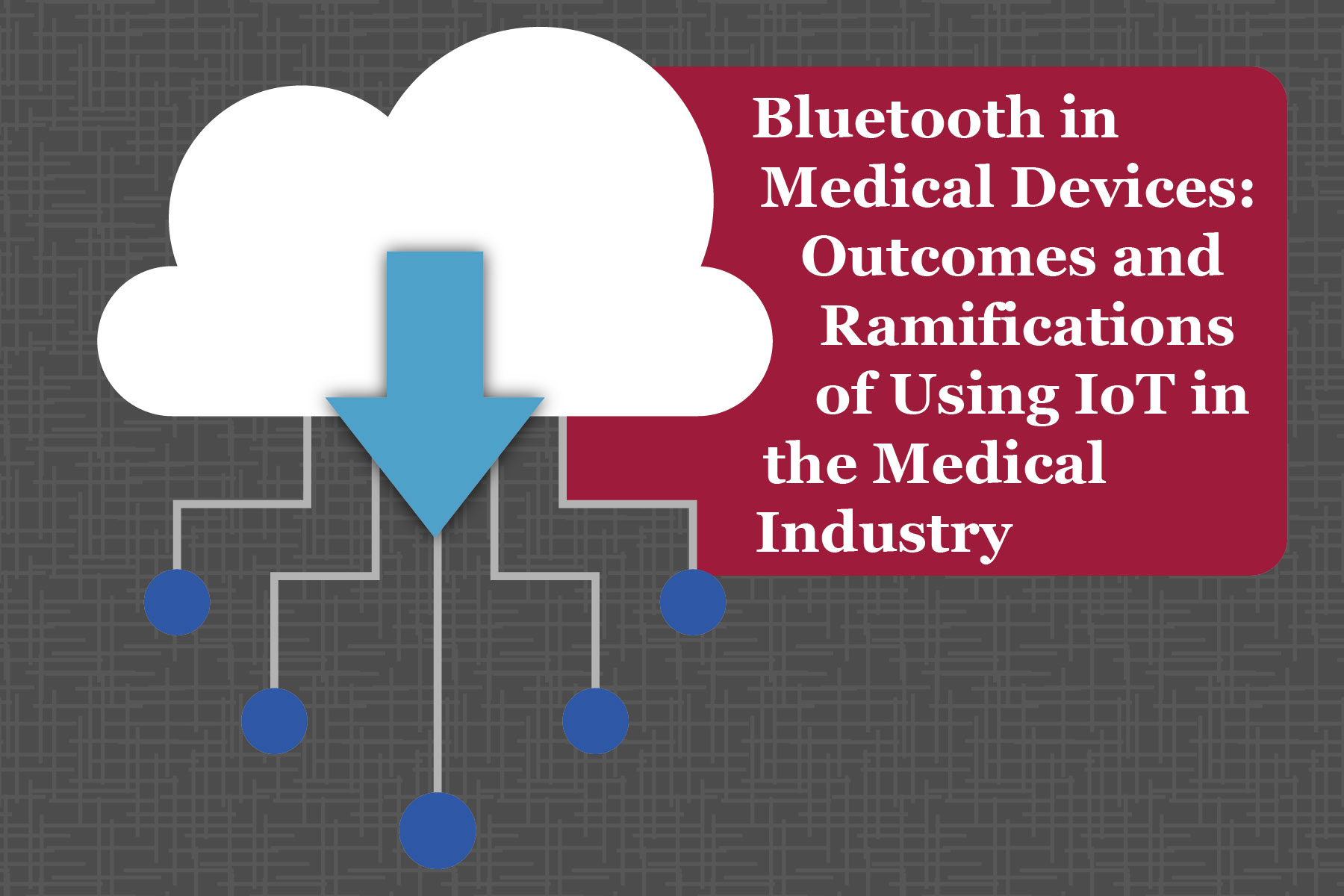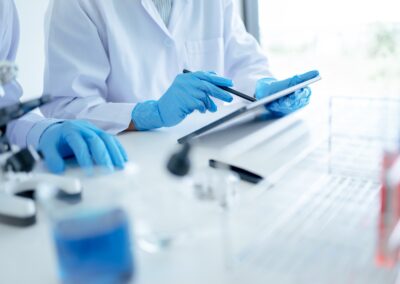A rising trend in the medical and computer science industries is Cloud Computing, or what is commonly known as a platform for “Storage”. When coupled with cutting-edge technologies such as the Internet of Things (IoT) and Machine Learning (ML), it offers immense benefits like on-spot scalability, availability, recommendations, and manageability.
A huge chunk of data for Cloud Computing is generated through connected devices which collectively fall under the umbrella of the Internet of Things (IoT). IoT is the automated communication of billions of distinctly labeled devices1. A small and constantly evolving piece of hardware is Bluetooth, which plays a significant role in providing interfaces and access points between the interchanging phases of data generation and transmission.
In the world of IoT, Bluetooth is immensely useful when integrated with medical devices. A perfect case or paradigm would be wearable fitness bands that constantly inform us of our daily steps covered, calories burned, and live heart rates. Some more examples from the medical device industry are Smart Continuous Glucose Monitors, Bluetooth enabled Pacemakers, Oximeters, Thermometers, Smart Treadmills, and Weight Machines. Cell phones provide a platform for visual analytics with Bluetooth playing the role of interfacing and transferring data to our phones. With these combined functionalities, they grab the essential data from these IoT powered medical devices and send it to webservers which in return provide us with computed recommendations and custom plans based on our historical feedback data. Surely, technology makes human life easier.
For any medical device, besides the functionality, the other important aspect and priority is human safety. This is where the FDA steps in2. Recently, FDA expressed vulnerabilities found in IoT devices, specifically concerns with the battery life and data security3. A breach in data transmission could result in unauthorized access to zeta-bytes of private data. Also, in critical devices such as monitors and pacemakers, battery life is an important factor as an interrupted power supply is necessary for continuous device operation. Hence, even though technology comes in handy, it does generate concerns for experts.
In summary, quality and regulatory considerations should be part of the design of any connected medical device. If you have a connected device and need help with FDA regulations, EMMA International can help. Contact us at 248-987-4497 or email info@emmainternational.com.
1Mike Thomas (April 2020) 6 IOT in HealthCare Applications Leading to an Improved Industry retrieved on 07/13/2020 from https://builtin.com/internet-things/iot-in-healthcare
2FDA (September 2018) Wireless Medical Devices retrieved on 07/13/2020 from https://www.fda.gov/medical-devices/digital-health/wireless-medical-devices
3Dave Muoio (March 2020) FDA warns of Bluetooth Low Energy vulnerability affecting connected medical devices retrieved on 07/13/2020 from https://www.mobihealthnews.com/news/fda-warns-bluetooth-low-energy-vulnerability-affecting-connected-medical-devices





